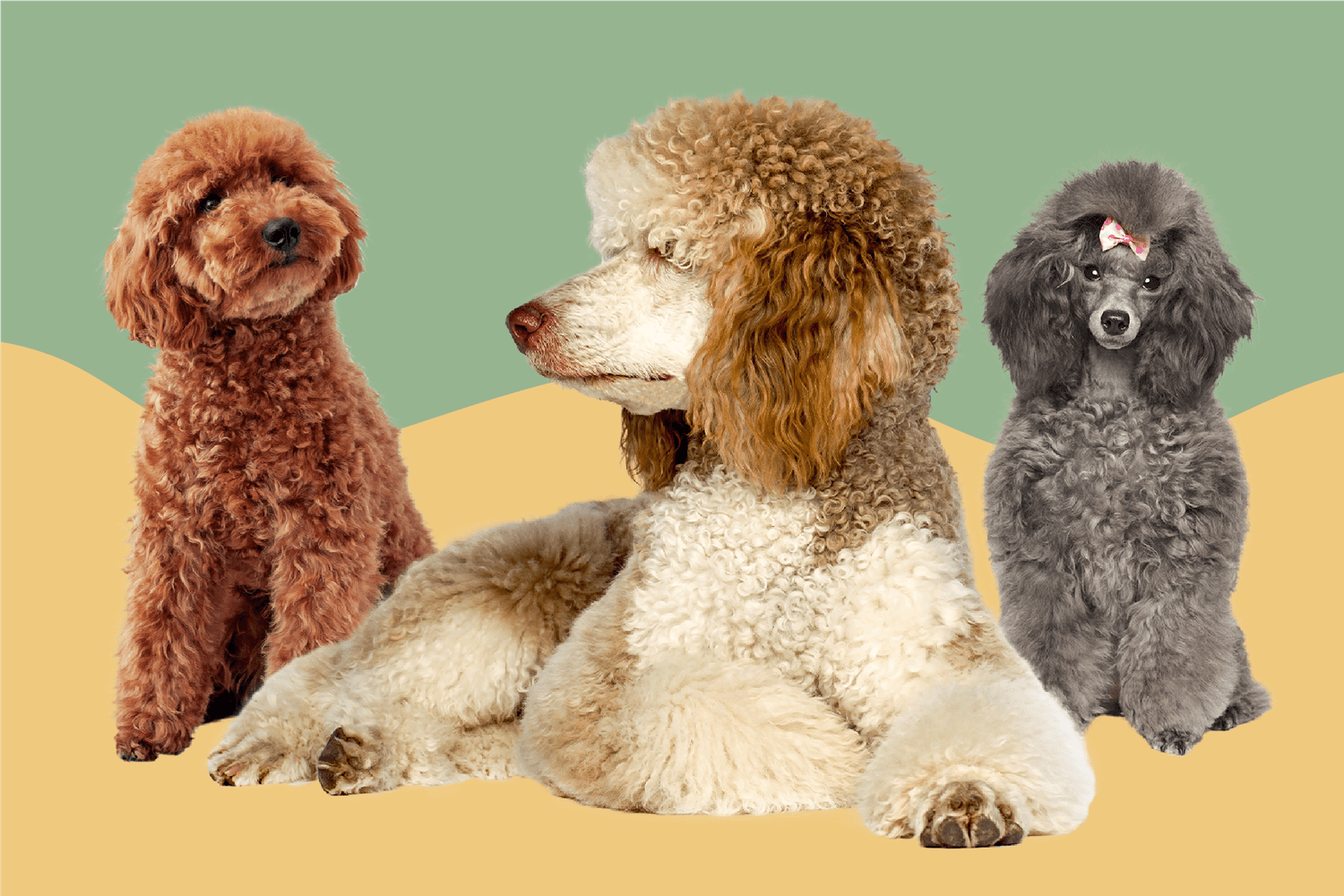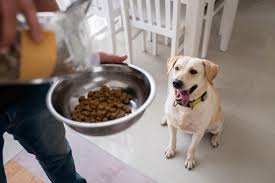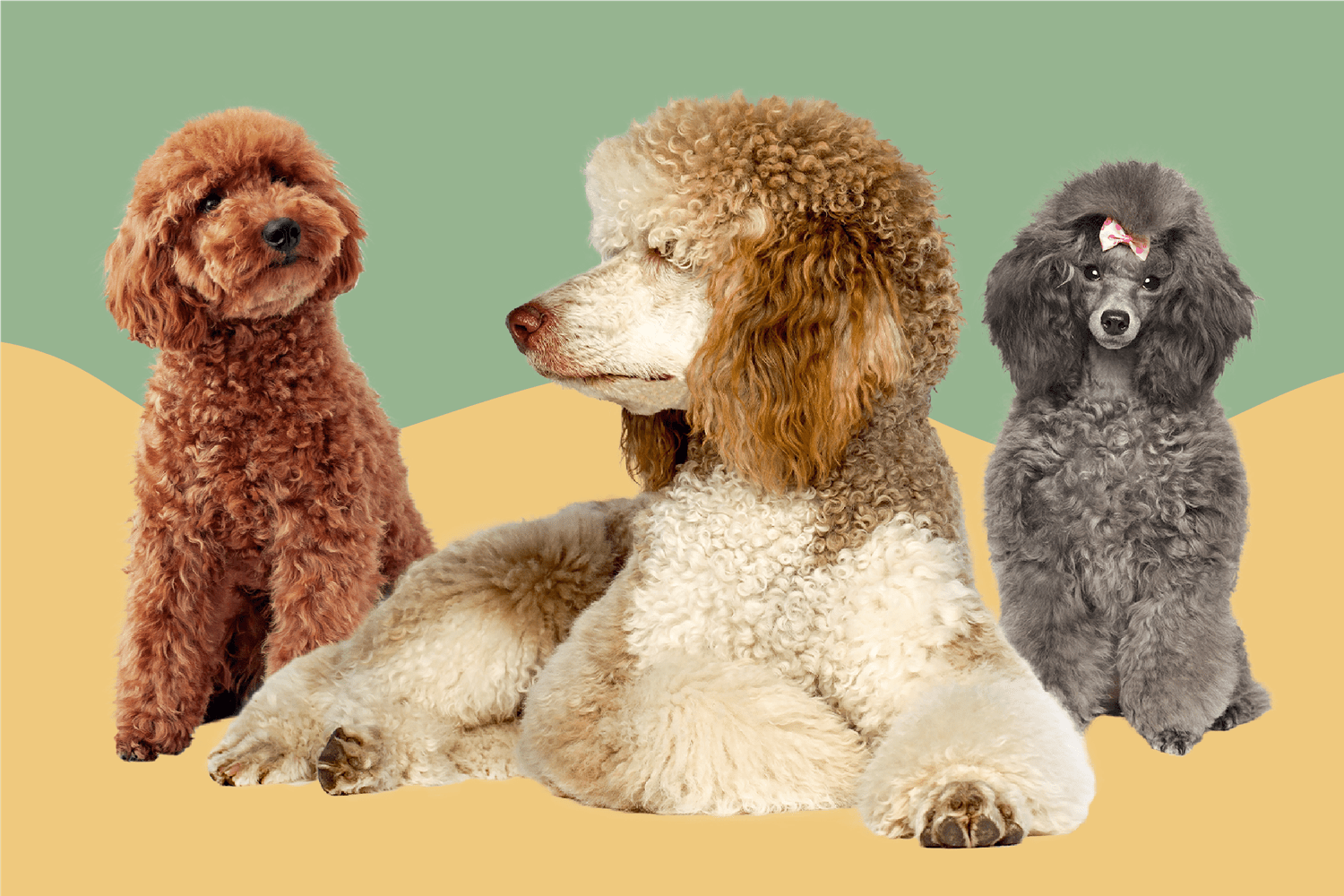
Poodles are some of the smartest dogs around — and they can be a joy (and a challenge) to train. If you own a toy, miniature, or standard poodle, you absolutely must have the information offered by us to raise a well-behaved one.
In the following full guide on how to train a poodle, you will find good, effective training techniques to help you make sure your poodle becomes a well-behaved, friendly dog and to put an end to all the unwanted behavior.
What You Need To Know Before You Learn How To Train a Poodle
Before you begin poodle training, it is essential to understand the natural roots of your poodle. Poodles are smart, sensitive, and eager to please — the perfect combination in a quick learner, but also the key to learning bad habits just as quickly.
Poodles : There Are Three Varieties of Poodles
- Toy poodles: As they are smaller and more sensitive, they may require you to be a little more gentle.
- Miniature poodles are lively and alert, making them easy to get into a routine.
- Standard Poodles: Energetic and athletic, they require more physical exercise.
Knowing your dog’s energy level and personality will help you determine how to train a poodle to meet its needs.
How To Train a Poodle for Obedience and Manners at Home
Basic obedience forms the foundation of all training. The first step to a well-mannered dog is teaching your poodle commands such as sit, stay, come, and no.
- Begin in a quiet space with no distractions.
- Be sure not to make your training sessions any longer than about 10-15 minutes.
- Praise or offer a small treat for good behavior.
- Be patient and consistent — the reward is positive reinforcement.
Avoid shouting or punishment. Poodles do best with positive and calm leadership.
How To Train a Poodle To Stop Biting, Chewing, and Digging
If your poodle is chewing on shoes, nipping at hands, or digging in the yard, do not despair; it is common behavior, especially among puppies.
How to train your poodle to stop:
- Give them chew toys to help with teething.
- When they bite, say “no” firmly and discontinue play immediately.
- Redirect with toys or games.
- For digging: Remedy with more exercise or create a designated “dig zone” in the yard.
But the quickest way to halt these habits is by addressing their mental and physical needs.
How To Train a Poodle Using Daily Routine and Consistency
Routine builds trust. Poodles thrive on structure. Feeding, walking, and training your dog at the same time each day will also help the animal understand what to expect from you and how to behave.
Here’s a sample of what a routine could look like:
- Morning: Walk, breakfast, short training
- Afternoon: Rest, playtime, walk
- Evening: Dinner, calm time, bedtime
How To Train a Poodle for Grooming and Handling
Grooming is a fact of life with a poodle, so training to like being handled is crucial.
Start slow:
- Gently brush them every day and reward calm behavior.
- Touch their ears, paws, and tail so they get used to it.
- Introduce nail trimming and baths gradually.
Keep the sessions brief and end on a high note. A clean, groomed poodle is a happy poodle!
How To Train a Poodle for Travel and Public Behavior
If you will be traveling or taking your poodle out into the world, get them ready.
Steps to prepare:
- Begin with short car trips and reward a calm attitude.
- Head to quiet parks to prepare before trying busier locations.
- You can practice commands such as ‘heel,’ ‘stay ,’ and ‘leave it.’
Once time and experience are on your side, your poodle will travel with confidence and good etiquette.
How To Train a Poodle Using Clickers and Verbal Cues
The sound a clicker makes can act as a cue to your poodle to exhibit the desired behavior and signal to your poodle that he has done what you wanted, earning a reward.
How it works:
- Click the instant your poodle does something correctly (e.g., sits).
- Then immediately chase with a treat or praise.
- Employ brief, straightforward verbal cues, such as “sit,” ”down,” or “stay.”
Your poodle will soon start associating the cue with the behavior and your reward.
How To Train a Poodle To Be Friendly With Other Pets
If you have other pets or visit dog parks, early socialization of your poodle will make your life significantly simpler.
Steps to socialize:
- Set up safe, controlled meet-and-greets with relaxed animals.
- Allow your poodle to sniff and investigate at its own pace.
- Exhort calm behavior and intervene if things start to get too rowdy.
Gradual exposure helps build confidence and reduces aggression or fear-based behavior.
Conclusion
how to train a poodle doesn’t have to be a pain. With a combination of patience, structure, and positive methods, you can help mold your dog into a calm, well-behaved canine friend. Stick to daily schedules, reward early socialized behavior, and never stop the desired behavior.
FAQs
What is The Best Age to Begin Training a Poodle?
Start at 8 weeks. Poodles learn even more quickly when they’re young, but older ones can be trained too — it just takes a little longer.
Is It Possible to Train Poodles Without a Professional Trainer?
Yes! With patience and the proper tools, many owners can train their poodles at home.
Are Poodles Easy To House Train?
Absolutely. Poodles are fast learners. Stick to a potty schedule and reward successes.
How Can I Stop My Poodle From Barking So Much?
Figure out why — is she bored, afraid, or excited? — and help her through that with positive training and redirection.
Do Poodles Get Bored Easily?
Yes, they’re brilliant! Keep them engaged and happy by playing games, working on puzzles, and staying on their training schedule.
Call To Action
Ready to have your poodle trained? That’s how you get started on the path towards having a happy, well-trained dog.


















